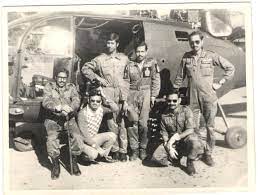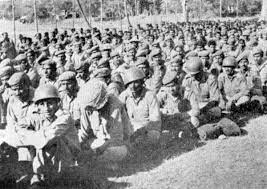
May GURU fill your life with Eternal Joy & Happiness.
Guru Nanak ji was born as Nanak on 15 April 1469. He is the founder of Sikhism and is the first of the ten Sikh Gurus. His birth is celebrated worldwide as Guru Nanak.
Nanak is said to have travelled far and wide across Asia teaching people the message of ik onkar (ੴ, ‘one God’), who dwells in every one of his creations and constitutes the eternal Truth. With this concept, he set up a unique spiritual, social, and political platform based on equality, fraternal love, goodness, and virtue.
Nanak’s words are registered in the form of 974 poetic hymns, or shabda, in the holy text of Sikhism, the Guru Granth Sahib.
The significance of his teachings was to trust in your good Karma and one higher power. One of the most essential Guru Nanak dev Ji teachings is his belief in brotherhood and equality.
Some of his teachings are as follows:-
- One supreme reality- Ek Onkar. Ek Onkar, in literal terms, means ‘God is One.’ At a very young age, Guru Nanak Ji challenged societal rules and laws. And when he formed Sikhism, he emphasized One God.
- No discrimination. One of the most essential Guru Nanak dev Ji teachings is his belief in brotherhood and equality. He considered everyone equals irrespective of colour, caste, gender, status, religion, or rank. His two pupils were Bhai Mardana and Bhai Bala, who Guru Nanak addressed as ‘Bhai’ like his true brothers and not by their caste or race.
- Reject five sins ‘Panj Vikar’. Guru Nanak Dev Ji talked about the five evils that resided in the human body and mind. And he taught us to reject these five evils or thieves as they derelict us from our duties and weaken us. The five sins are Kam(lust), Krodh(Anger), Lobh(greed), Moh(attachment), and Ahankar(Ego).
- Kirat Karo- Work Honestly. Kirat Karo means to work honestly, which is one of the most important pillars of Sikhism. Throughout his life, Guru Nanak Ji propagated that all humans need to earn their daily living through honest means and use their talents and skills to live an honest life.
- Vand Shhako- Share and Consume. Guru Nanak Dev Ji believed that those who were capable should take responsibility for the needy. He taught us the significance of sharing and how the world could become a better place if people engage in activities meant for the betterment of society.
- Sewa- Selfless Service. Guru Nanak Dev Ji firmly always believed and practised selfless service. He thought that one could achieve true contentment only through engaging in completely selfless acts.
- Kindness and compassion. Guru Nanak Dev Ji truly believed that only kindness and compassion could positively influence and change the whole world. By his actions, he proved his strong belief in the idea that every person of this world, no matter how evil, deserves kindness from his other fellow creatures and that can change a person for good.
- Every life has a purpose to fulfil. Guru Nanak Dev Ji believed that God had a clear goal behind world creation. Therefore, all the dilemmas in your life can turn into something productive if you look at the world this way.
- Stand against oppression. Guru Nanak Dev Ji taught all of us a lesson of inner strength. He said one should always raise their voice against the wrong and and that’s when the change begins.
- Respect Women. Guru Nanak Dev Ji has always stood for the rights of women. In one of his earlier verses, he demanded an equal place for women in society by saying, ”why to disrespect the one who gives birth to the majestic kings of the world”.
Bottom Line
Most of his teachings point toward one word
TOLERANCE.
Suggestions and value additions are most welcome
For regular updates, please register here




